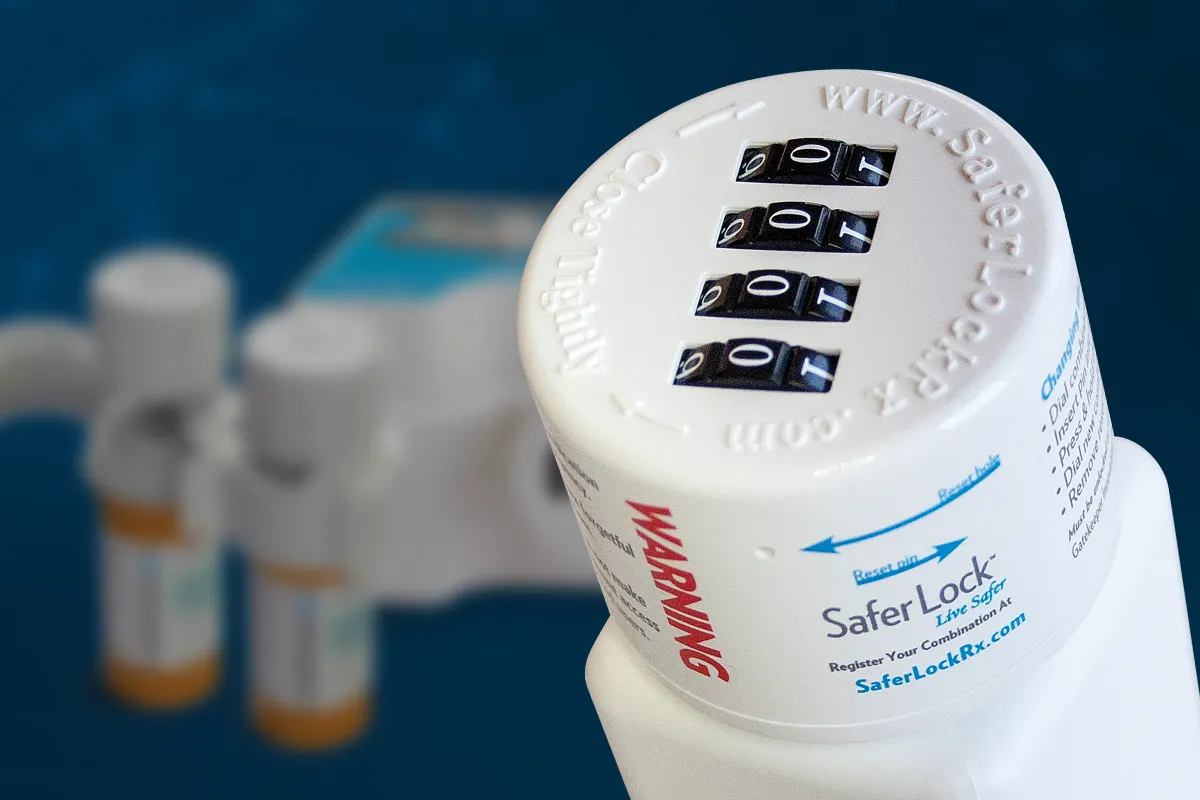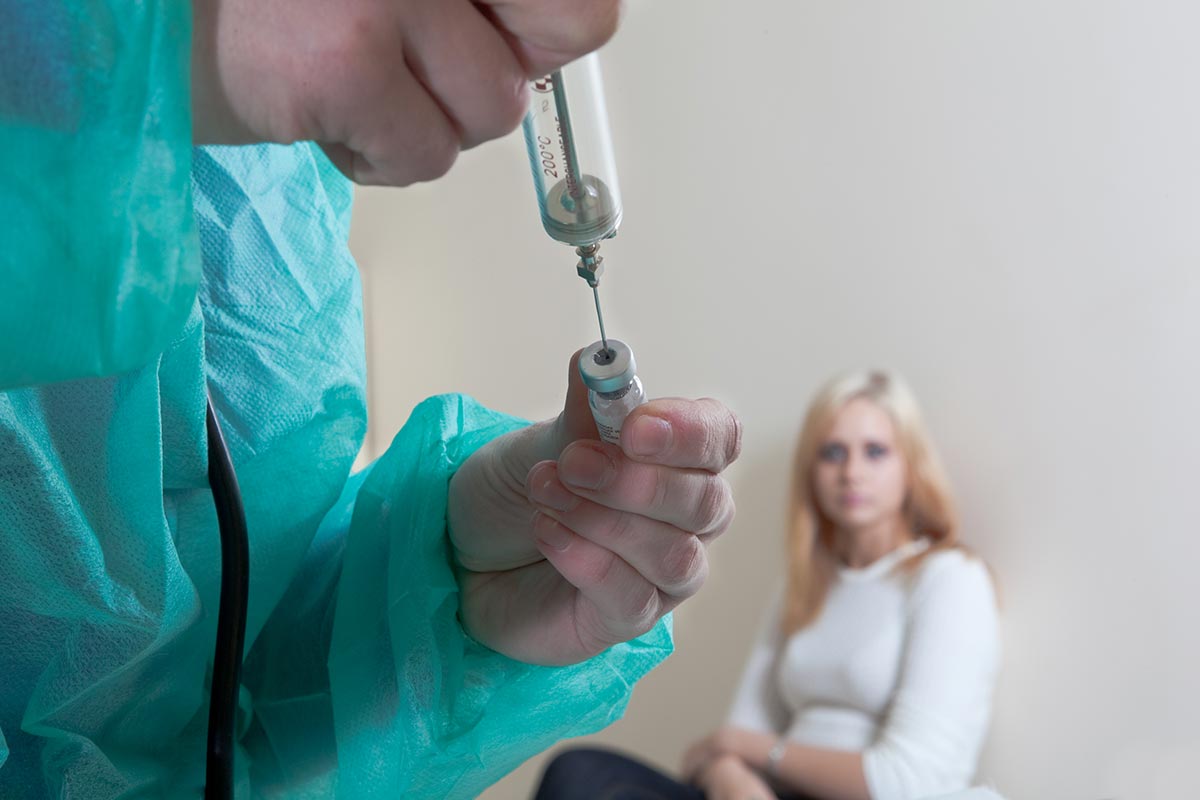The American Medical Association recently released a 2023 Overdose Epidemic Report with findings about the nation’s drug-related overdose epidemic. While the report reveals some positive steps forward, such as the availability of non-prescription overdose treatment medications and a decrease in prescriptions for opioid medications, the outlook for many markers of the opioid epidemic is still grim. Drug-related overdose deaths continue to rise in the United States despite a reduction in opioid prescriptions.
Here’s what the state of the opioid epidemic looks like as we enter 2024.
2023 Year in Review: The Opioid Epidemic
- Drug-related overdose epidemic is deadlier than ever
- Synthetic opioids such as fentanyl are the leading cause of overdose deaths
- Xylazine emerging as a growing threat
- Opioid prescriptions decrease for the 13th year in a row
- FDA approves OTC Naxalone sales
- Drug-related overdose deaths disproportionately impact Black and Brown Americans
- Pregnancy-related overdoses on the rise
Drug-Related Overdose Epidemic Deadlier Than Ever
Overdose deaths remain a leading cause of death in the United States. The majority of overdose deaths involve opioids. Overdose deaths accelerated during the COVID-19 pandemic and have yet to decline. While the final numbers aren’t in yet, preliminary CDC data suggests that 2023 drug-related overdose deaths increased by 2.3% from the year prior.
Fentanyl And Other Synthetic Opioids Continue To Increase
Deaths involving synthetic opioids, primarily illicitly made fentanyl, and stimulants such as cocaine and methamphetamine have increased in recent years. Fentanyl deaths have increased year over year for the past decade, with the steepest increase between 2019 and 2022.
Fentanyl, a synthetic opioid that is up to 50 times stronger than heroin and 100 times stronger than morphine, is often made in labs outside the country and smuggled across U.S. borders. Drug dealers may mix fentanyl with other drugs, such as heroin, cocaine, and methamphetamine, to increase the drugs' effects — often without the user’s knowledge. Fentanyl is so powerful that doses as small as 2 mg can be fatal.
Xylazine Emerging As Growing Threat
Xylazine, a non-opiate sedative, analgesic, and muscle relaxant, is approved exclusively for animal use in the U.S. by the Food and Drug Administration. It’s not listed as a controlled substance under the U.S. Controlled Substances Act. There’s a rising trend of xylazine being used as a contaminant in illegal drug concoctions, and it’s increasingly found in overdose fatalities.
Overdose deaths involving xylazine were 35 times higher in 2021 than in 2018, and that number continues to rise.
Commonly mixed with fentanyl, xylazine is also found in drugs like cocaine, heroin, and various other substances. More often than not, it appears in drug combinations with multiple substances. The presence of xylazine, especially alongside fentanyl, is escalating nationwide. As a non-opioid that still can cause respiratory depression akin to opioid overdoses, xylazine’s involvement may heighten the risk of fatal incidents, especially at a time when overdose deaths in the U.S. are hitting unprecedented levels.
Opioid Prescriptions Decrease For 13th Year In A Row
Drug-related overdose deaths increased in 2023 despite a decrease in opioid prescriptions. For the 13th consecutive year, the number of prescriptions for opioid medications written by medical professionals decreased.
In the past decade, physicians and other healthcare professionals have reduced opioid prescribing in every state—by nearly 50% nationally.
However, despite a reduction in opioid prescriptions, synthetic and illicit opioid use continues to result in ever-increasing overdose deaths.
FDA Approves OTC Naxalone Sales
In 2023, the FDA approved the sale of two over-the-counter Naxalone sprays for non-prescription use. Naloxone is a medication that rapidly reverses the effects of opioid overdose and is the standard treatment for opioid overdose.
Narcan, a brand-name Naxalone nasal spray, was first approved by the FDA in 2015. In Nov. 2022, the agency found that certain naloxone products have the potential to be “safe and effective for over-the-counter use.”
In Feb. 2023, an FDA committee met to consider the application to approve the nasal spray for over-the-counter use. Committee members voted unanimously to recommend it be approved for over-the-counter use.
Black Americans Disproportionately Impacted By Drug-Related Overdose Deaths
The AMA report highlights the disproportionate impact of drug-related overdose deaths on Black and Brown Americans, including:
- American Indian and Alaskan Native men aged 15–34 dying at the highest rate for younger men.
- Older Black men are dying at the highest rates overall. Non-Hispanic Black or African American men aged 35–64 had an age-adjusted death rate of 61.2 per 100,000
Youth are also dying at increasing rates. Researchers found that median monthly overdose deaths among persons aged 10–19 years increased 109%, and deaths involving illicitly manufactured fentanyl increased 182%. Researchers also found that counterfeit pills were involved in one-quarter of these deaths, and bystanders were present two-thirds of the time.
Pregnancy-Related Overdoses On The Rise
Overdose deaths among pregnant or postpartum women skyrocketed between 2018 and 2021 and continue to rise.
A study conducted by the National Institute on Drug Abuse (NIDA) and the National Institutes of Health compared the incidence of maternal deaths to overdose of commonly misused psychotropic drugs (such as heroin and other opioids, including synthetic ones, or cocaine) among girls and women aged 10 to 44.
The spike in overdose deaths was especially high among women ages 35 to 44.
The opioid epidemic is not just leading to an increase in overdose deaths for pregnant women but also an increase in the number of babies born with opioid addictions.
The number of women with opioid-related diagnoses documented at delivery increased by 131% from 2010 to 2017.
According to 2020 data from the Healthcare Cost and Utilization Project (HCUP), about six out of 1,000 newborns were diagnosed with neonatal abstinence syndrome (NAS), which is also known as neonatal opioid withdrawal syndrome.
Approximately one baby is diagnosed with NAS every 15 minutes in the United States, or more than 90 newborns every day.
The number of babies born with NAS increased by 82% nationally from 2010 to 2017.
As we look back at the progression of the opioid epidemic, it’s apparent that there are still incredible strides to take to turn the tide. Despite an increasingly dwindling number of prescriptions for opioid painkillers, data shows that opioid overdose deaths continue to increase, primarily as a result of illegal fentanyl and other synthetic opioids.



